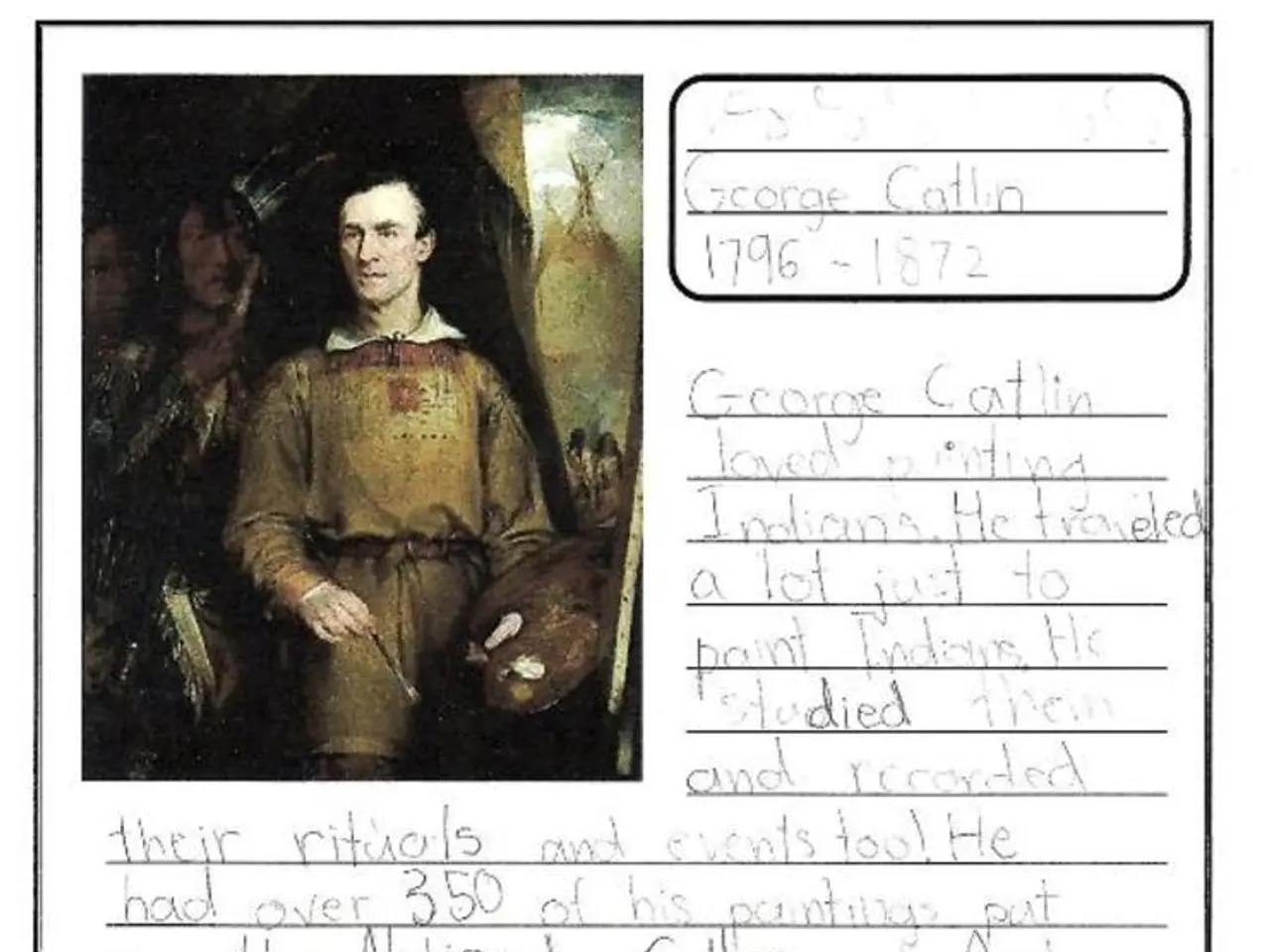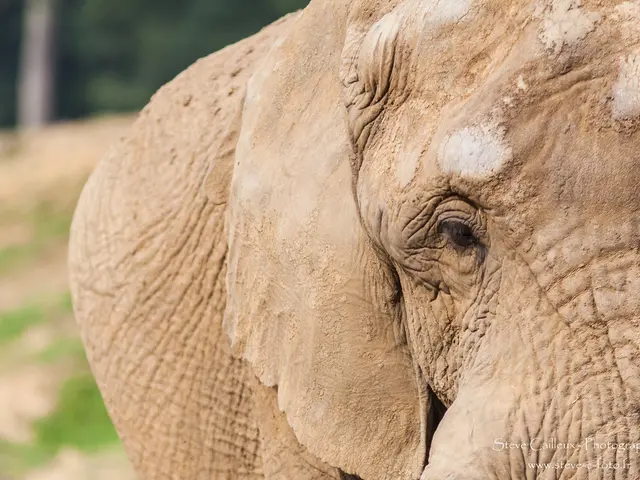Discussion between Ed Barnhart and the author explores the enigmatic Maya Civilization
In the heart of Mesoamerica, the ancient Maya civilization flourished, leaving behind a legacy of remarkable scientific achievements and intricate cultural practices that continue to captivate the world today.
Co-existing with other Mesoamerican cultures, such as the Olmec, the Maya civilization received technological advances in ceramics, tools, and mirrors from various areas. This cultural exchange played a significant role in shaping the Maya society, which was known for its sophisticated timekeeping and advanced understanding of astronomical cycles.
The Maya developed a complete writing system, recording astronomical observations and historical events. Their most sacred 260-day calendar, the Tzolkin, was based on human gestation periods, reflecting their deep connection to the cosmos. The Tzolkin, along with the 365-day solar calendar, the Haab, and the Long Count, which tracked longer time periods spanning thousands of years, were interlinked calendar systems that demonstrated the Maya's sophisticated timekeeping abilities.
The Maya were skilled in tracking celestial bodies and developed complex mathematical systems to predict astronomical events. Their advanced understanding of astronomical cycles was demonstrated by their ability to predict the movements of Venus with incredible precision and their understanding of the 26,000-year precession of the equinoxes.
However, the ancient Maya civilization faced numerous challenges that led to its decline. The gradual decline, particularly during the Terminal Classic period (around 800–1000 CE), was influenced by multiple interrelated factors. These factors included severe and prolonged droughts, changing trade routes, warfare and civil unrest, and disease.
Recent high-resolution climate data from stalagmite analysis in a Yucatán cave shows repeated droughts during wet seasons, including a catastrophic drought lasting 13 years. This prolonged drought would have strained the Maya’s sophisticated water management systems and contributed significantly to societal collapse.
The disruption of long-established commercial networks likely impacted resource distribution and economic stability. Archaeological evidence points to increased conflict and internal strife, undermining political structures. Epidemics may have weakened the population alongside other stresses. Collectively, these factors interacted to disrupt the sociopolitical order, leading to abandoned cities, dynastic collapses, and population declines characteristic of the Maya collapse in the southern lowlands.
The new climate evidence greatly strengthens the case that drought was a major environmental stressor linked to the broader complex causes of the Maya decline. Despite the challenges they faced, the ancient Maya civilization remains a testament to the resilience and ingenuity of human civilizations.
References: [1] Hughes, J. D., et al. (2012). "Megadrought and the collapse of the Classic Maya civilization." Nature, 481(7382), 433-436. [2] Hodell, D. A., et al. (2012). "The Little Ice Age in the Maya lowlands." Science, 336(6084), 873-876. [3] Culbert, T. L., & Rice, M. E. (2002). "The Maya Collapse: New Interpretations." Cambridge University Press. [4] Aveni, A. (2001). "Empires of Time: Calendar and Timekeeping in Human History." Thames & Hudson. [5] Awe, K. C., et al. (2011). "The Maya Collapse: New Insights." University of California Press.








